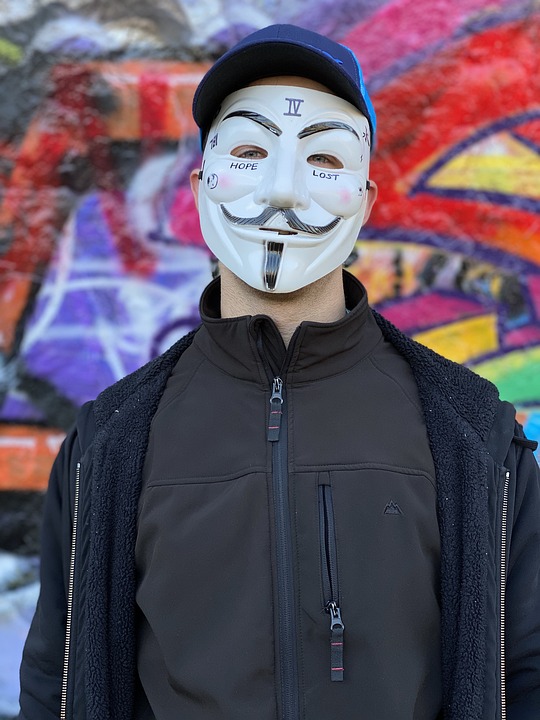The Lighter Side of Crypto: Why NFT Parodies Are Taking Over Social Media
In a digital era where the buzz surrounding cryptocurrencies seems unending, one of the most delightful byproducts of this financial revolution has emerged: NFT parodies. While the market for non-fungible tokens (NFTs) has been packed with serious projects, high-stakes auctions, and investment speculation, a more playful and entertaining aspect of the NFT world is making waves on social media. But why are NFT parodies becoming increasingly popular, and what does it tell us about the evolving landscape of digital assets?
The Birth of the NFT Phenomenon
First, let’s rewind to a few years back when NFTs entered the mainstream collective consciousness. From digital art to virtual real estate and immutable tweets, NFTs became synonymous with ownership and uniqueness on the blockchain. Celebrities, artists, and influencers jumped aboard, turning NFT sales into a potent mixture of fame and fortune. While many serious NFT projects commanded attention and respect, the cryptosphere has also given rise to countless humorous interpretations.
The Laughter Factor
NFT parodies tap into the inherent absurdity of the crypto market. As cryptocurrency enthusiasts navigate this sometimes bewildering landscape, creating and sharing humorous takes provides comic relief. Whether it’s satirizing mega-pricey digital artwork or poking fun at the fervor around new coins, NFT parodies create a shared sense of community through laughter.
Platforms like Twitter, TikTok, and Instagram have become breeding grounds for these parody NFTs. Creators utilize memes, satire, and witty commentary to create digital assets that humorously critique the more serious aspects of the NFT craze. For example, one popular format features the famous "Distracted Boyfriend" meme, reimagined to depict the eternal struggle between investing in “valuable” NFTs versus purchasing a silly digital drawing of an animated potato.
Cultivating Community and Connection
As the NFT space becomes crowded with overly serious projects, parody works bolster the sense of camaraderie among crypto enthusiasts. These light-hearted pieces often lead to conversations about underlying topics, such as market volatility, pump-and-dump scams, and the value of authenticity in a landscape populated by imitation.
Additionally, these parodies break the perceived elitism often associated with the NFT world. By making fun of ostentatious displays of wealth and creating self-deprecating humor about their own involvement in cryptocurrency, creators foster an inclusive environment where newcomers and veterans alike can share in the joy of the absurdity.
The Virality Factor
The rapid virality of NFT parodies can’t be underestimated. Humor works wonders for engagement on social media. A well-timed joke or clever visual can spread like wildfire, exponentially broadening reach and increasing audience participation. Parody NFTs become a part of digital culture, often leading to collaborations between humorists and artists alike, driving further interest in both the parody and its original subjects.
For example, when tweets featuring absurd NFT concepts go viral, they can lead to the sudden rise of parody NFTs on platforms like OpenSea or Rarible. A catchy name, meme-worthy art, and a laugh-out-loud backstory can transform a simple joke into a sought-after collectible, further entrenching the space between art, humor, and investment.
Future Trends and Implications
As the NFT landscape continues to evolve, it’s clear that parodies have carved out their niche, showcasing an unexpected layer of creativity in the digital asset space. They serve as crucial temperature checks on the market and can elucidate societal attitudes toward over-inflated valuations.
But beyond mere amusement, NFT parodies challenge creators and collectors to reflect on what art and ownership mean in a digital age. They prompt discussions around value—both intrinsic and extrinsic—and invite audiences to consider the limits of how we define originality and authenticity.
Conclusion
In a world where discussions about cryptocurrencies and NFTs often turn intense and somber, NFT parodies offer a refreshing break. They highlight the lighter side of crypto culture, reminding us that technology, creativity, and humor can coexist happily. As we scroll through our feeds and encounter the latest absurd digital tokens, it’s evident that jest and critique will remain vital threads of the NFT fabric, encouraging us to laugh, connect, and perhaps think a little deeper about the wild journey of digital ownership.






